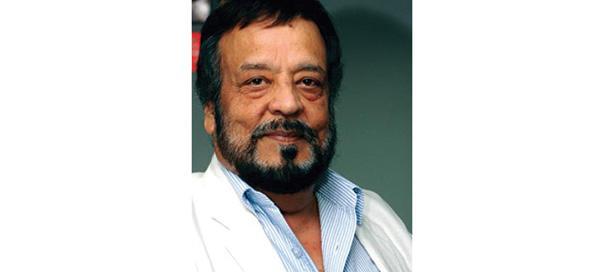Usually, in a democracy, it is the media’s responsibility to keep a continuous check on politicians, so that they refrain from making any false claims or smudge their rivals with wrong accusations, in the heat of an election campaign or even otherwise. When a leader accuses his opponent, it is their duty to find out if the accusation has merit or is false.
For example, in a democracy like the US, the media regularly runs a ‘fact check’ mechanism during the election campaigns that exposes the candidates if they misquote someone or give wrong information just to prove a point. In India, we have seen that element in many politicians, lately in Narendra Modi, who always tries to embellish the development of Gujarat and belittle the achievements of the UPA government. In fact, it is the duty of Indian media to inform the voter about his antics, but strangely, no one in the media does that.
The media’s role has become more significant today where elections in almost every country are turning out to be dirty political fights. The trend has been triggered by the smart voter who does not want to give absolute power to any political party and instead wants coalition governments. Some experts believe the voter these days does not want politicians to take extreme positions on important issues, but wants them to take the middle road so that they can easily join hands and form coalition governments in case of a hung parliament.
What the voter has failed to realize is that this trend has made the fight for power fiercer than ever. Politicians have started making tall claims, and their speeches are always laced with hatred for their opponents. This has put even more responsibility on the shoulders of the Indian media, which just repeats quotes verbatim from speeches without making any comment or raising objections.
At a recent gathering of international journalists in Bali, Tom Kent, Standards Editor, The Associated Press, gave a few practical ideas to keep hate speech at bay in day-to-day reporting: “Stories need to analyse what gives rise to hate speech, and to fact-check the claims of haters. Intolerant voices in a community should be balanced by tolerant voices that may exist as well. We should never grant anonymity to those who speak with hate.”
In India, the campaign for the 2014 Lok Sabha elections has just begun and we already have had two cases of such controversial claims — one by the Congress Vice President Rahul Gandhi and the other by BJP’s NarendraModi. Gandhi made a remark about how Pakistan’s ISI could exploit India’s Muslim youth angered by incidents such as the recent Hindu Muslim riots in Muzaffarnagar for which some overambitious politicians were blamed.
Speaking at a rally in Indore, Rahul said, “An intelligence officer came into my room and told me that people from Pakistan’s intelligence agencies are talking to a few Muslims boys whose relatives were killed in Muzaffarnagar riots. He said he tried to talk to the boys and convince them not to get influenced by these people.”
The statement calls for a detailed scrutiny by the media. It is conventional wisdom that the Pakistani ISI would like to recruit the disgruntled Muslims of India, but that doesn’t necessarily mean that ISI was already in touch with those Muslim boys in Muzaffarnagar. The media should have also checked if Gandhi really met them and told them what he said he did during his political campaign speech. Gandhi could give some other example but he picked Muzaffarnagar, because it was allegedly triggered by a lawmaker who belonged to the BJP. So Gandhi basically was creating an impression that BJP plays political games to win elections, and the ultimate price for those gamesis paid by the country and the ruling Congress party.
Just days later, speaking at a rally in Chhatisgarh, Modi threw a barb against the Congress Party by describing its election symbol the hand/open palm as a “bloody claw”. Now again, it was the duty of the media to raise questions about Modi’s intentions and to ask him to explain what he meant that.
But realizing the limitations of its media, India has devised a way to compensate the absence of the scrutiny. The baton has been passed to the National Election Commission (NEC). The attempt is to stop such unverified accusations rather than depend on the media to question them. So the NEC has laid down a code of conduct to prevent such verbal attacks, and also a process to make the politician accountable for his or her off the-cuff comments.
The model code prescribes that, “No party or candidate shall indulge in any activity which may aggravate existing differences or create mutual hatred… between different castes and communities, religious or linguistic.” It also states that “criticism of other political parties...based on unverified allegations or distortion shall be avoided” and “there shall be no appeal to caste or communal feelings for securing votes.”
The hope is that eventually the media in India will rise to the occasion and become professional enough to shoulder its responsibility as the strongest pillar of India’s democracy, which so far is no more than nascent, and the irresponsibility and immaturity of the media is one of the reasons for that.
(Author/news analyst Ravi M Khanna is currently freelancing after a 24-year stint with Voice Of America in Washington DC, as South Asia bureau chief)
Feedback: ravimohankhanna@gmail.com























